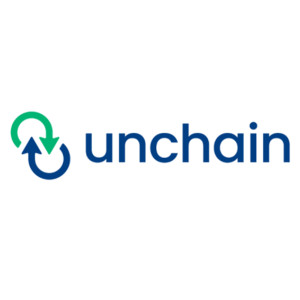 \
&
Contact us
\
&
Contact us
 \
&
Contact us
\
&
Contact us
Published on | 1 year ago
Programmes MSCA MSCAIn case you were not able to register for onsite attendance in Mons at the Marie Skłodowska-Curie Actions (MSCA) Presidency Conference 2024 on the multiple pathways of researchers' careers rest assured that you can participate anyway. Did you know that it is possible to watch the conference from anywhere in the world on your screen?
The whole conference except the parallel sessions on 18 April (workshop 1, 2 & 3 and roundtable 2) are web streamed live. Check out the biographies of all speakers at the conference and the 15 MSCA Falling Walls Lab contestants. The full agenda and web stream of the conference are available on the MSCA Presidency Conference website here.
We offer news and event updates, covering all domains and topics of Horizon Europe, Digital Europe & EDF (and occasionally, for ongoing projects, Horizon 2020).
Stay informed about what matters to you.
By signing up, you can opt in for e-mail notifications and get access to
a personalised dashboard that groups all news updates and event announcements in your domain(s).
Only for stakeholders located in Flanders

The UNCHAIN project, ‘urban logistics and planning: anticipating urban freight generation and demand including digitalisation of urban freight’ obtained funding from the Horizon Europe’s Mobility Cluster. The project focuses on breaking down data silos and promoting public-private data exchange across a unified European mobility data space, enabling more informed decisions and greater efficiency. The City of Mechelen is a partner in the project and takes on the role of ‘follower city’: it will work alongside the primary demonstration sites (in Madrid, Berlin and Florence) to maximize the geographical coverage and replicability of solutions across Europe. Mechelen aims to test 2 concrete solutions in the UNCHAIN project, with the aim to help addressing its current and future challenges in urban freight distribution.